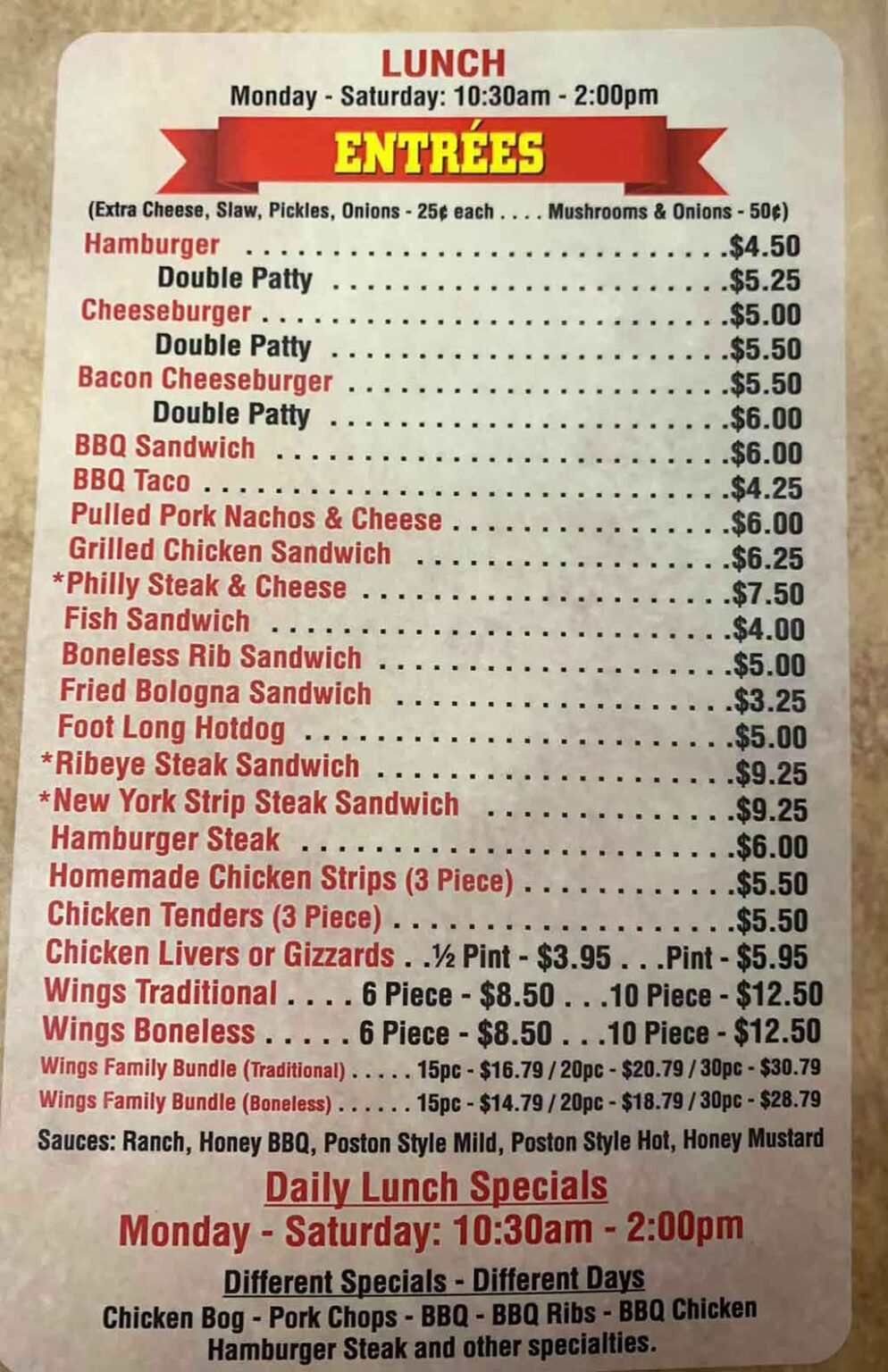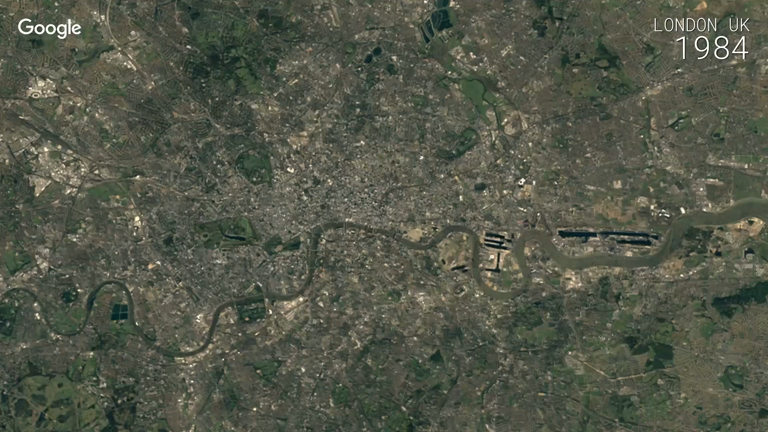

- #GOOGLE MAPS GO BACK IN TIME HOW TO#
- #GOOGLE MAPS GO BACK IN TIME ANDROID#
- #GOOGLE MAPS GO BACK IN TIME PLUS#
And if it’s something you want to make available to everyone (like I do on my travel guide posts), just change the privacy setting and share the link or embed it on a website.Ĩ reasons to love Google My Maps for #travel planning! Click To Tweet 3 Ways to Use Google My Maps If you’re planning a trip with other people, it’s easy to share the map with others.

#GOOGLE MAPS GO BACK IN TIME ANDROID#
You can access it from within your Google Maps app on iPhone or Android (and on Android, you can download a separate Google My Maps app if you want to view your maps or add to them). You can also use layers in many different ways, such as one layer for each day of your trip or one layer for each category (like dining, lodging, and things to do). For example, you can use a coffee cup icon for all the cafes you add, a bed icon for hotels, and a swimming icon for beaches. Use custom icons, layers, and colors so it’s easy to see what things are at a glance. (Check out the Burlington travel guide for an example of the trip planning map I created that includes the bike path route.) And while I haven’t done this yet, you could also use Google My Maps to plan a road trip itinerary for a longer adventure.ĭon’t mind me while I swoon over the color coding and organization options over here. When I traveled to Burlington, Vermont, I wanted to see the length of the bike trail on the map, so I used the directions feature to show the whole route. You can plan your route by creating a layer with directions.If I hear about the location from a particular blog post or website, I usually add that link and an excerpt from the post into the notes section so I can reference it later. Use the notes during planning to add website or hours information (if it’s not already in the listing), or as a place to write notes on the go as you visit places. If a location is on Google, you can see their website, phone number, address, reviews, and website when you add it to your custom map.Ĭustomize your map even more by adding notes, photos, or videos. You get additional location information since it’s part of Google Maps.(Am I the only one who has 6 of these?) So if you like to create Google Docs or folders to store trip planning information, documents, photos, or itineraries, it’s nice to have your map easily accessible in the same folder. My Maps stores a copy of the map in whatever Google Drive account you’re using. Setting aside my (ahem, very rational) fear that they may take over the world soon, I love all things Google. But even if you’re not, it’s still really useful to see where everything is in relation to each other as you plan your trip because it helps you be realistic about your plans.

This is so helpful, especially if you’re a really visual person or enjoy using maps.
#GOOGLE MAPS GO BACK IN TIME HOW TO#
How to Use Google My Maps to Plan a Trip.
#GOOGLE MAPS GO BACK IN TIME PLUS#
Not only is a great because, well, it’s Google, but it can be used in several different ways: from initial brainstorming to creating a trip itinerary to navigating on the go. Here’s an overview of how to use Google My Maps to plan a trip, plus a tutorial (and video!) of how to set it up. One of my favorite trip planning tools is Google My Maps, which allows you to use Google Maps as a trip planner by creating a custom map and adding pins for multiple locations. (I really cannot help this–these atlases have a cult following in the Pine Tree State.)īut while reading paper maps will always inspire a sense of get-up-and-go adventure for me, I’m not totally opposed to using tech for planning my trips (and sometimes navigating on the ground, but don’t tell anyone). And if you’ve read my posts about traveling in Maine, you’re probably sick of me talking about the DeLorme Atlas by now. Whenever I navigate my way home using only a map, I feel like I must have some innate bushcraft skills.


 0 kommentar(er)
0 kommentar(er)
